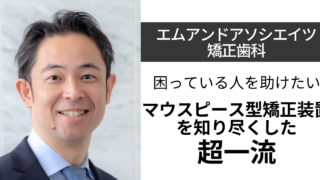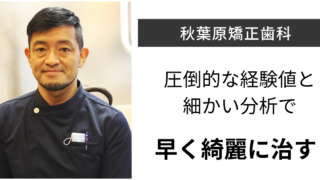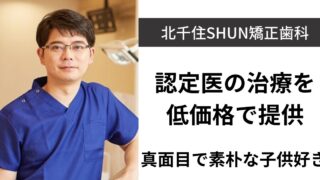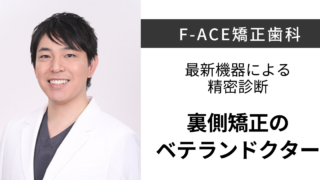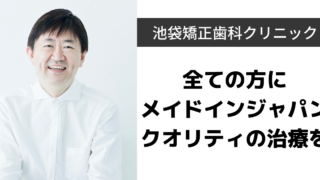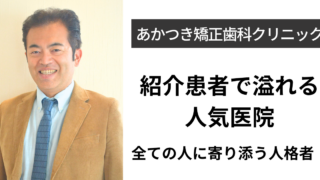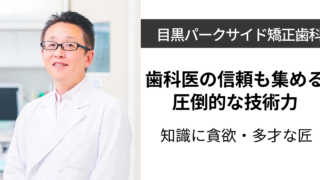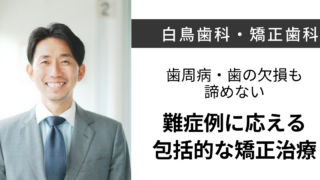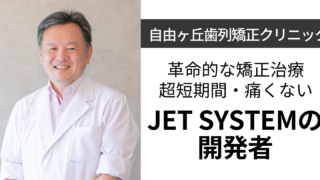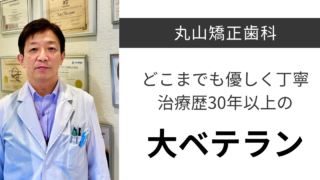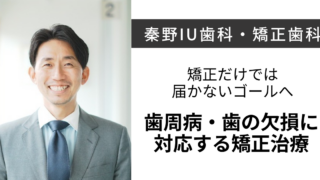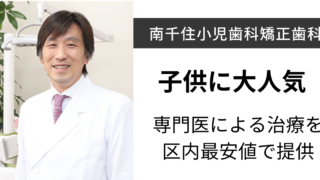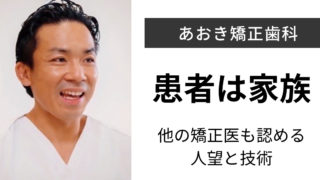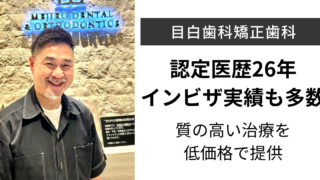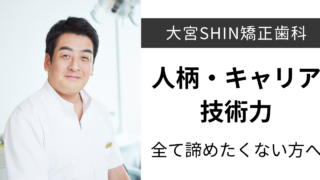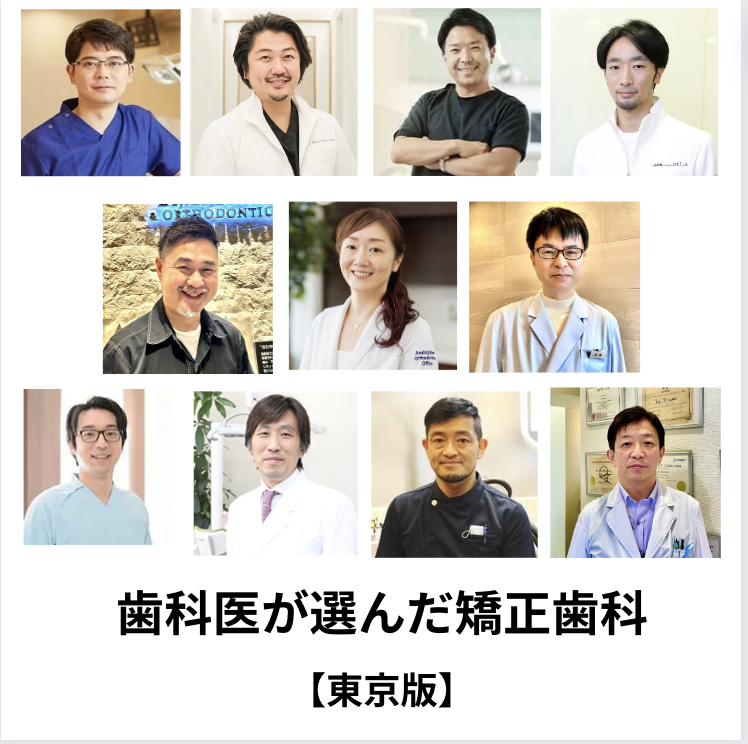
Mouthpiece orthodontics can fail! Failures and what it takes to succeed.
Mouthpiece orthodontic treatment is transparent, inconspicuous, and can be removed at any time.
Mouthpiece orthodontics has many advantages, but sometimes it fails to align the teeth the way you want them to. It would be a shame to fail after spending a lot of money for the treatment.
In this article, we will introduce some examples of failures of mouthpiece orthodontics and their countermeasures. If you are considering mouthpiece orthodontic treatment, please refer to this article.
Mouthpiece orthodontic failures
Not limited to mouthpiece orthodontic treatment, there are cases in which the individual was not satisfied with the orthodontic treatment and it failed. The following are the main complaints of those who were not satisfied with the results of orthodontic treatment.
× Failure #1: "My bite went wrong."
There are cases where a patient has completed mouthpiece orthodontic treatment but the bite does not feel right or the teeth do not fit together properly. The most common case is that the upper and lower back teeth do not fit together properly. In addition, there are cases in which the teeth appear to be meshing on the surface, but they are not meshing at the point where they should be, leaving the patient with a sense of discomfort.
× Failure #2: "I have TMJ disorder."
One of the most common failures of mouthpiece orthodontics is "TMJ disorder after treatment". Unlike conventional orthodontic treatment with brackets (orthodontic treatment with wires), the mouthpiece covers the occlusal surfaces of the molars, so the patient's teeth remain in a different position during the period when the mouthpiece is worn.
This can lead to TMJ disorder in some cases because more force than necessary is applied to some of the teeth. In the case of Failure #3, TMJ disorder may also develop due to improper meshing.
× x Failure #3: "I got a mouthful of bogo with a good set of teeth."
There are cases of "mouth bogo" even though the teeth have been aligned well, which is a common mistake seen with non-extraction orthodontics, whether it is mouthpiece or bracket orthodontics.
This is due to the fact that the patient has been forced to straighten non-extracted teeth when the condition would normally require extraction. Because there is not enough space for the teeth to line up, they are aligned sloping forward, resulting in a mouth that tends to protrude forward.
× Failure #4: "There is a gap between the tooth and the root of the tooth."
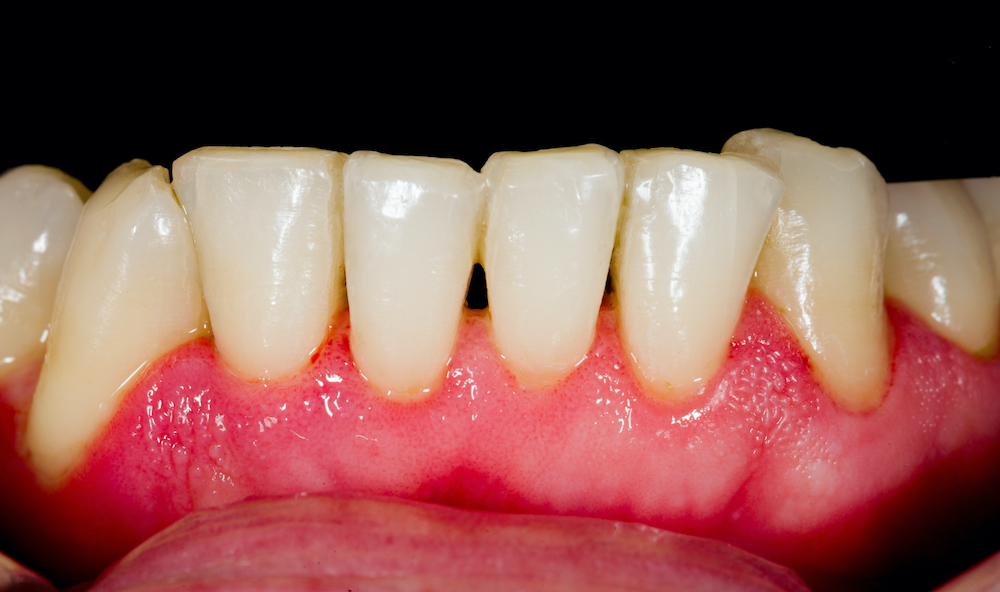
In some cases, black gaps (black triangles) appear at the base of the front teeth after orthodontic treatment. Black triangles are caused by the alveolar bone that supports the teeth becoming resorbed due to tooth movement, causing the gums to lower and creating a gap between the front teeth and the root of the front teeth.
Alveolar bone resorption occurs in any orthodontic treatment because of the high forces applied to the teeth. If the bone is healthy, osteoblasts will produce new alveolar bone. However, if the alveolar bone is not produced for some reason, such as periodontal disease, only bone resorption will occur, and a black triangle is likely to form.
× Failure #5: "The treatment ended without showing any effect.
In some cases, the teeth have not improved after treatment, or there is little or no orthodontic benefit.
Mouthpiece orthodontics basically requires the patient to wear the mouthpiece for at least 20 hours a day. However, if the prescribed wearing time is not adhered to, the effect of orthodontic treatment may diminish, or if the contract is for a period of time, the contract period may end without any orthodontic effect being seen at all.
How to avoid failure with mouthpiece orthodontics?
◎Treatment at a dentist's office with a specialist in orthodontics
In recent years, an increasing number of general dentists offer mouthpiece orthodontics, but orthodontic treatment requires a high degree of expertise and skill. The skill, knowledge, and experience of the dentist who is the surgeon for both mouthpiece and wire braces determines the outcome of treatment.
A doctor who is certified by the Japanese Association of Orthodontics or above has studied orthodontics for at least 5 years. Therefore, many doctors are able to make a diagnosis based on a thorough understanding of the mechanisms and limitations of tooth movement.
However, that is only with respect to wire orthodontics.
As for mouthpiece orthodontics, it is still in its infancy and will not be on the national exam, nor will it be addressed in the certification exam.
In order to avoid mistakes with mouthpiece orthodontics, it is necessary to choose a dentist who can make a basic diagnosis and who has many cases of experience with mouthpiece orthodontics.
◎Follow the prescribed wearing time closely.
Mouthpiece orthodontic treatment requires a minimum of 20 hours of wear per day. It is important to observe the wearing time in order for the orthodontic treatment to run smoothly.
◎Bracket braces are also an option.
Unlike bracket braces, mouthpiece braces other than Invisalign can only be applied to mild to moderate malocclusion. (Invisalign can be applied to severe malocclusion)
Mouthpiece orthodontics is still in its infancy, and depending on the condition of the teeth, it may require the help of a wire during the process or a device other than a mouthpiece for final fine-tuning to achieve a more beautiful result.
When choosing a clinic, it is best to choose a clinic that can provide treatment for other devices as well as mouthpieces.
Summary
It is important to build a trusting relationship with your dentist for orthodontic treatment
We have explained some examples of mouthpiece orthodontic failures and points to avoid failure.
As with anything, nothing is "100% guaranteed to succeed". Orthodontic treatment can also fail.
In order to prevent orthodontic treatment from failing, it is important to pay attention to the points mentioned above and to build a relationship of trust between the patient and the dentist. Please ask your dentist to explain any concerns you have during the counseling session.
Then, if something happens, find an honest teacher who is willing to be helpful and deal with the situation in the best way possible.
If you don't know an experienced and honest doctor, we can recommend one within our network of dentists, please speak to our official line: ☺️
365dentist General Supervisor Dentist/Yukiko Katsuya
Graduated from Nagasaki University School of Dentistry, ~2018 Kyushu Medical Center, 2018-present Working at a dental clinic in Tokyo
Supervisor: Dentist/Naomi
After completing clinical training, worked in cosmetic dentistry in Tokyo. Currently a part-time dentist and dental writer.
Member of the Japanese Society of Aesthetic Dentistry/Invisa Doctor

